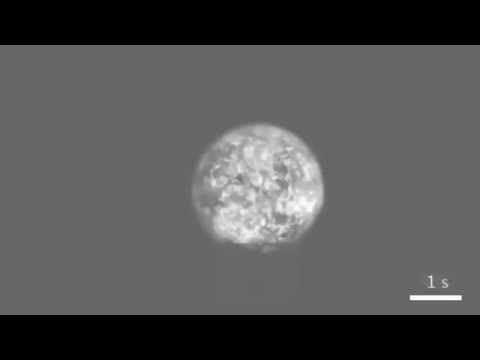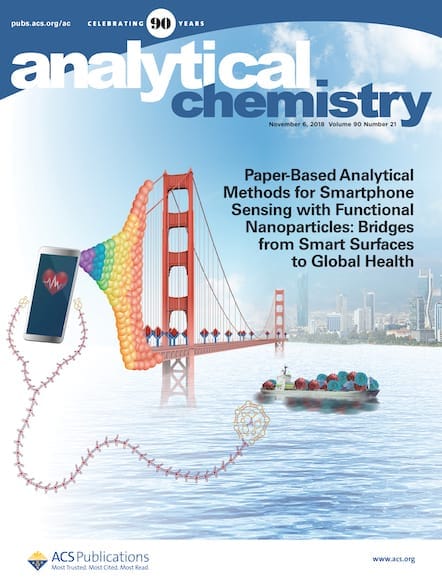Scientists have long relied on the 96-well microplate for analyzing samples of blood, DNA and other substances. An entire industry has developed around these plates’ usefulness. And scientists have relied on them for years in diagnostics and other applications, but that could change with a new approach that uses evaporating droplets suspended on tiny pillars, […]

Scientists have long relied on the 96-well microplate for analyzing samples of blood, DNA and other substances. An entire industry has developed around these plates’ usefulness. And scientists have relied on them for years in diagnostics and other applications, but that could change with a new approach that uses evaporating droplets suspended on tiny pillars, according to research recently published in Analytical Chemistry.
The new method uses the Marangoni effect to conduct bioassays in tiny droplets of liquid as the droplets evaporate. This method speeds up assay reactions, decreases assay times, and increases limits of detection, compared with bioassays conducted on microplates.
As this video shows, the droplet method can be used to quickly check glucose concentration levels, which could be useful for diabetes testing.
Watch the video to learn more:
Discover more great videos from the American Chemical Society.

